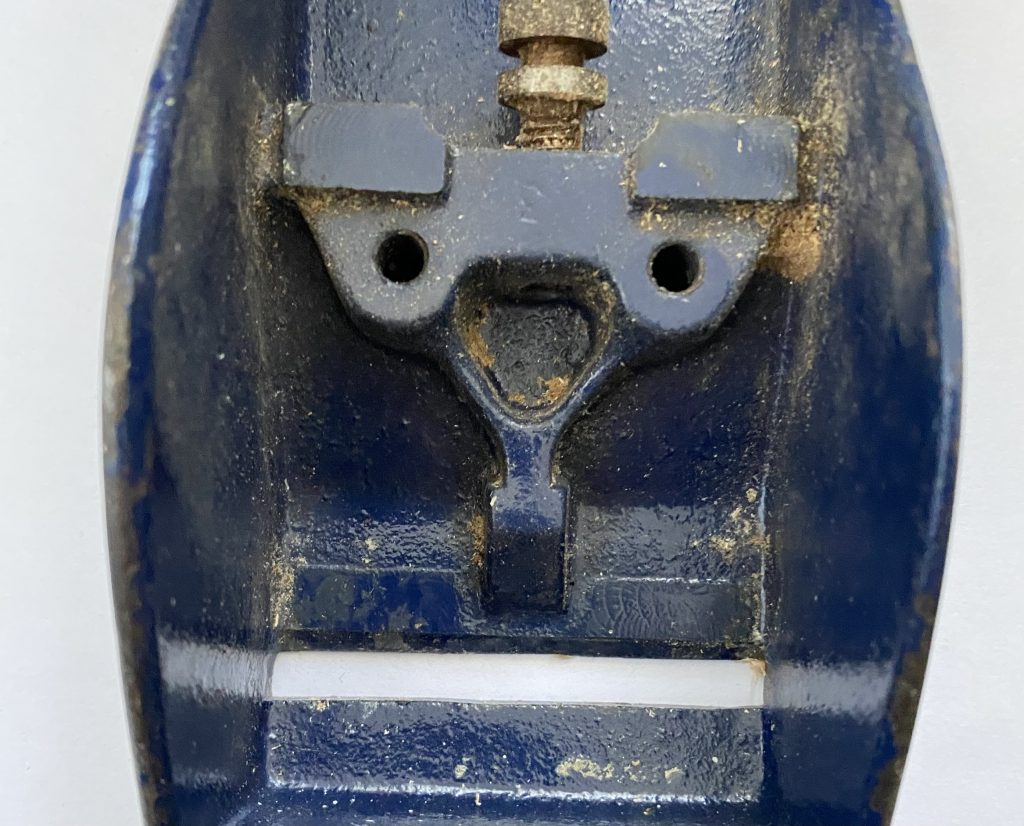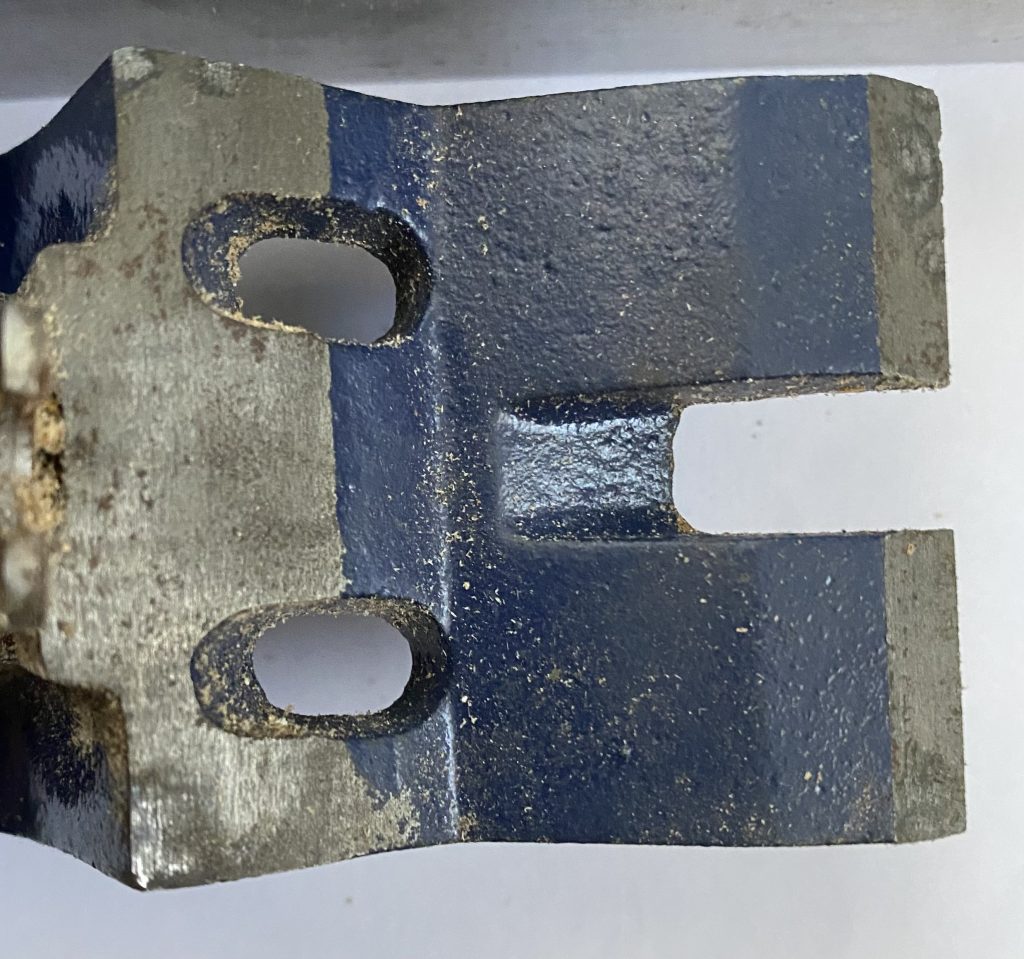
Restored planes may look nice, sometimes nicer than when they were new, but they’re not always a good buy. Some are restored for looks rather than function and work poorly while also costing more.
Making a plane restored for looks functional often requires the same or more steps to set up right as a non-restored plane. Sadly, it’s often people new to woodworking, who are least knowledgeable about what to look for, that buy them. When the plane performs poorly they assume it’s them that’s the problem.
What to watch out for
Poorly flattened soles
A common issue is soles being sanded targeting just the rusted areas making the planes go out of flat and making the sole uneven.
On smaller planes, this is normally quick and easy to fix by lapping the plane but with larger planes, this can take hours to rectify and sometimes requires experience to not make it worse.
Paint in the wrong places


Paint on the frog mounting points is another common issue. If the paint is uneven or just odd flecks, it can cause the frog to not mount well.
Paint on the mounting points isn’t always an issue though, as long as the paint is even, it can work fine. Some planes, such as late Record planes, came out of the factory like that although this was when the quality was going downhill.
Paint on these points usually indicates a lack of care or knowledge when restoring a plane. So although it’s easy it fix, it is a sign the plane may not worth buying (unless it’s cheap of course).
Franken planes (wrong parts used)
Another thing to watch out for is Franken planes. These are planes made with parts from multiple donor planes. This is fine if the parts are compatible, but can result in some awful planes if not.
It’s not always easy to tell if parts are compatible, the differences can be small. For example, cap irons/chip breakers are generally interchangeable but the placement of the notch for the Y lever does vary on some which can result in a plane that can’t fully retract the iron.
People will also modify parts to fit. I once saw an older style frog retrofitted to a much newer sole. Will it work? Who knows.
This is not easy to fix, it requires replacing incompatible parts.
Irons that have been overheated
Some sellers helpfully grind the irons to sharpen them, unfortunately, they don’t cool them while doing so which damages the temper softening the iron.
With sharpening this will resolve itself but it can take a while. Alternatively, the iron can be re-ground to remove the damaged edge. Again, not ideal and best avoided.
Real example

This Record no. 07 had been restored for looks. When I tried it, it had a very strange feel to it. It didn’t give good results when planing and I even experienced chatter (where the iron vibrates causing an uneven cut). The adjustments were stiff and the whole plane just felt off. It wasn’t usable as is so I decided to investigate.
As soon as I started to dismantle it, I discovered the issue. Whoever restored this plane loved grease. The frog was sitting on a thick layer of grease around 1 mm thick, no wonder it felt strange! The adjustment wheel thread had also been greased with thick grease that stopped it from moving freely along with all the screws.
Not only that, the contact points the frog sits on had paint flecks on them. So even if there was no grease, it still probably wouldn’t have mounted to the sole properly.
It took a good hour or so to get the grease off everything, remove the paint from the machined areas and put it all back together (using oil this time).
Next, I checked to see how flat the plane sole was. There were a few hollows on the sole, probably where someone had sanded away some pitting. I prefer to leave planes as-is if they’re close to flat but in this case, it was also concave enough that I decided to flatten it. This took about another hour.
Finally, I set up the cap iron. The plane now performs perfectly but someone new may not realise the issues were with the plane and blame themselves, after all, it had been restored.
This is why I recommend being wary of restored planes. They often cost more and may not be any better, possibly even worse.
What and where to buy
For me, I like setting up / restoring my own planes but I know it isn’t for everyone. It takes time and does require some knowledge and experience to do it well.
My advice is to avoid buying restored planes unless they’re from someone known to do a good job. If you want to go this route, get recommendations from knowledgeable people as beginners often won’t know if a plane has been restored poorly.
The downside is a reputable seller’s time costs money which can bump the price of a restored plane closer to that of a new quality plane from the likes of Veritas, Lie-Nielsen or Clifton. Potentially making the new planes better value as they retain their value far better and are built to high standards, often from better materials like ductile cast iron which is a big improvement as it won’t break if dropped.
Personally, I recommend looking for planes in reasonable condition that have been looked after. More modern planes such as later-type Stanley planes (not too late like though) are often good users and cheaper too as they’re not so sought after by collectors.
Leave a Reply